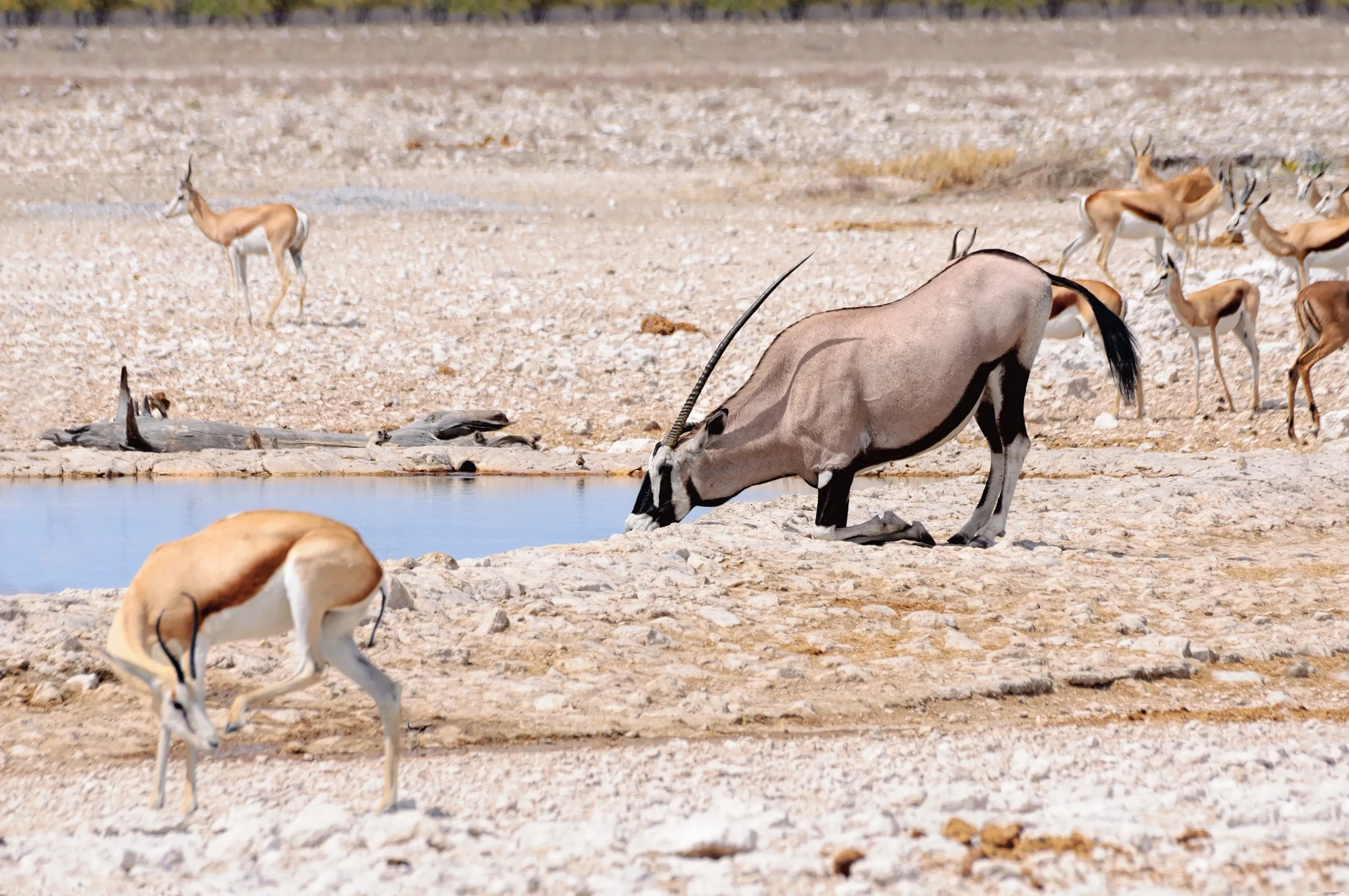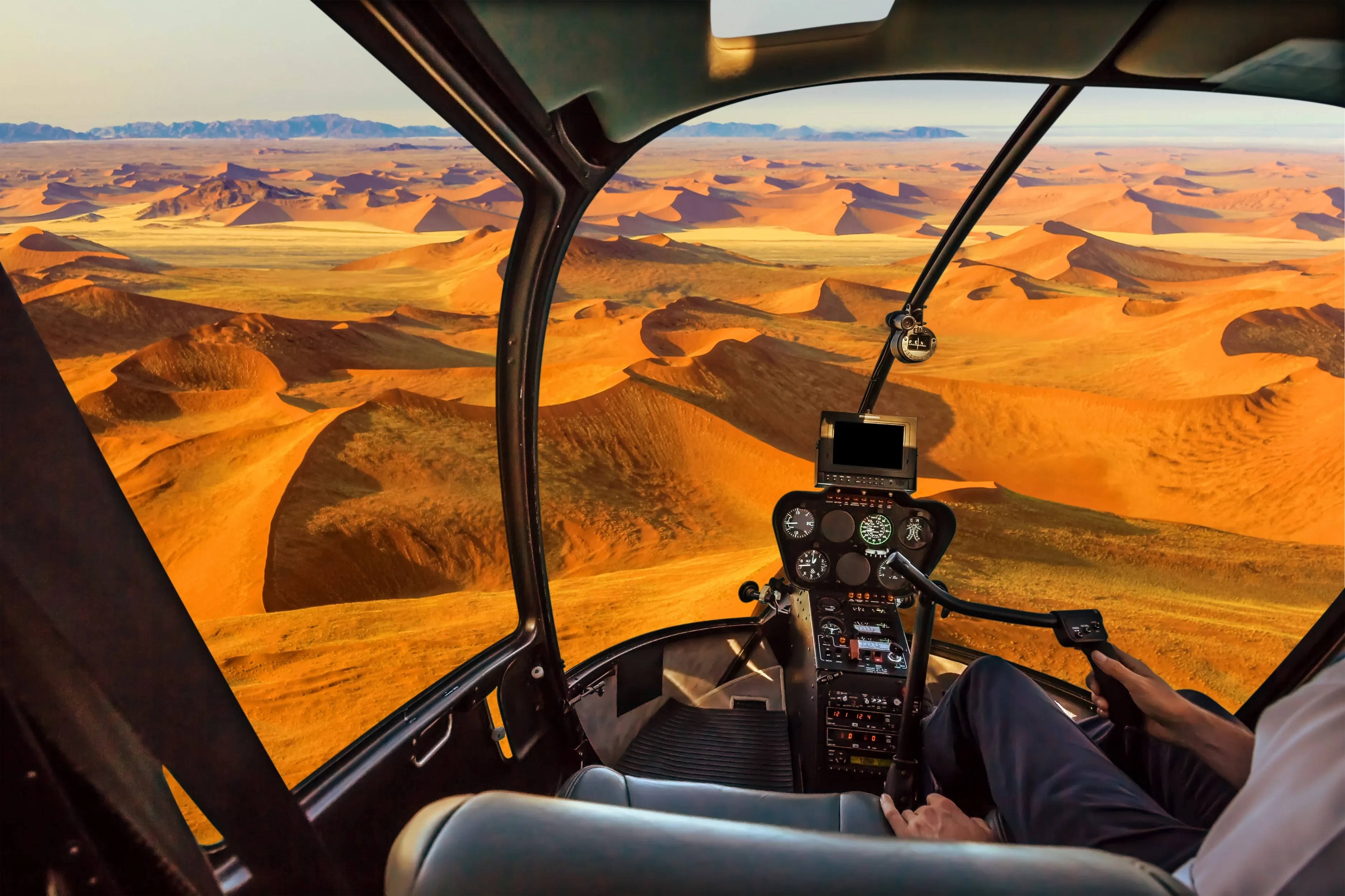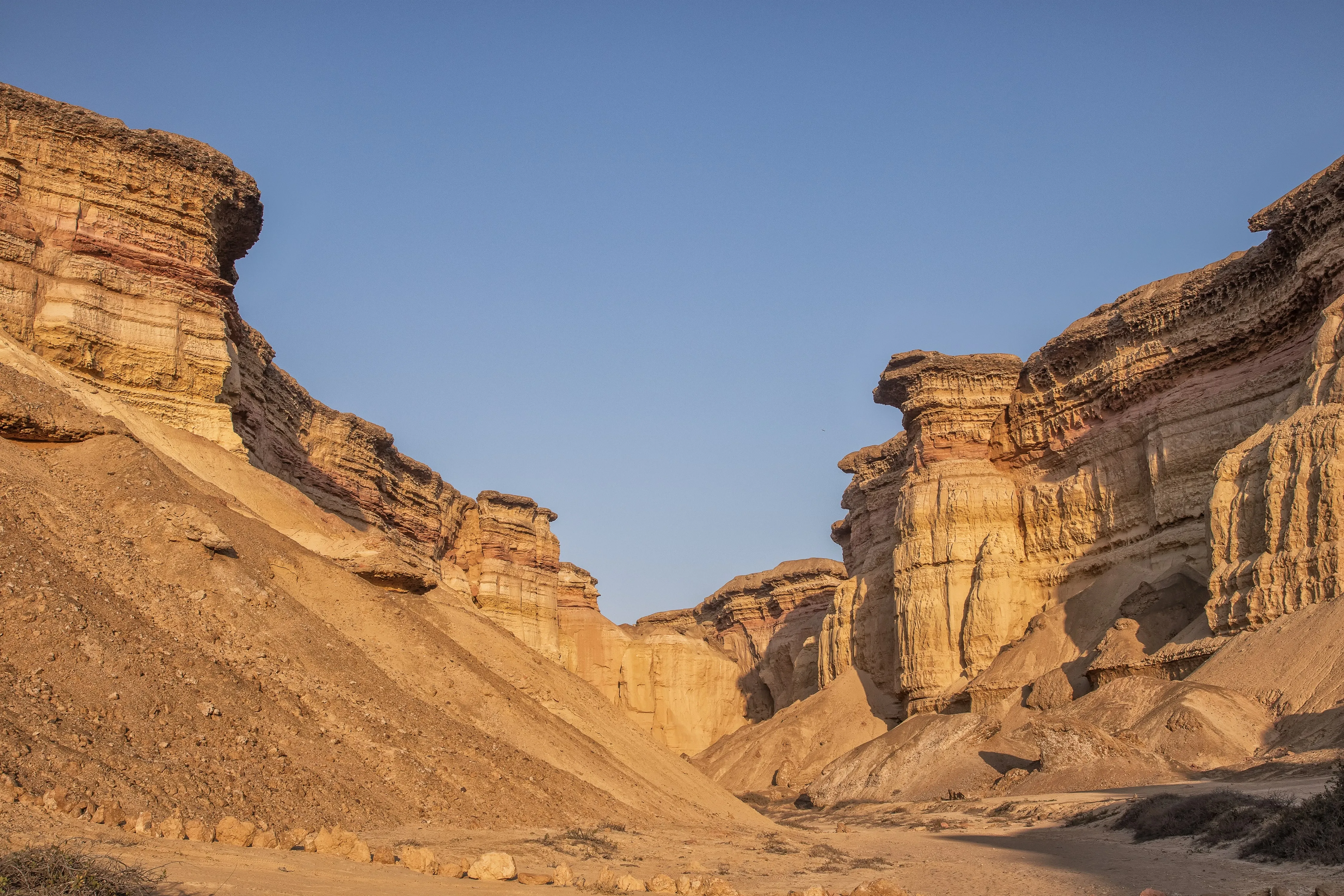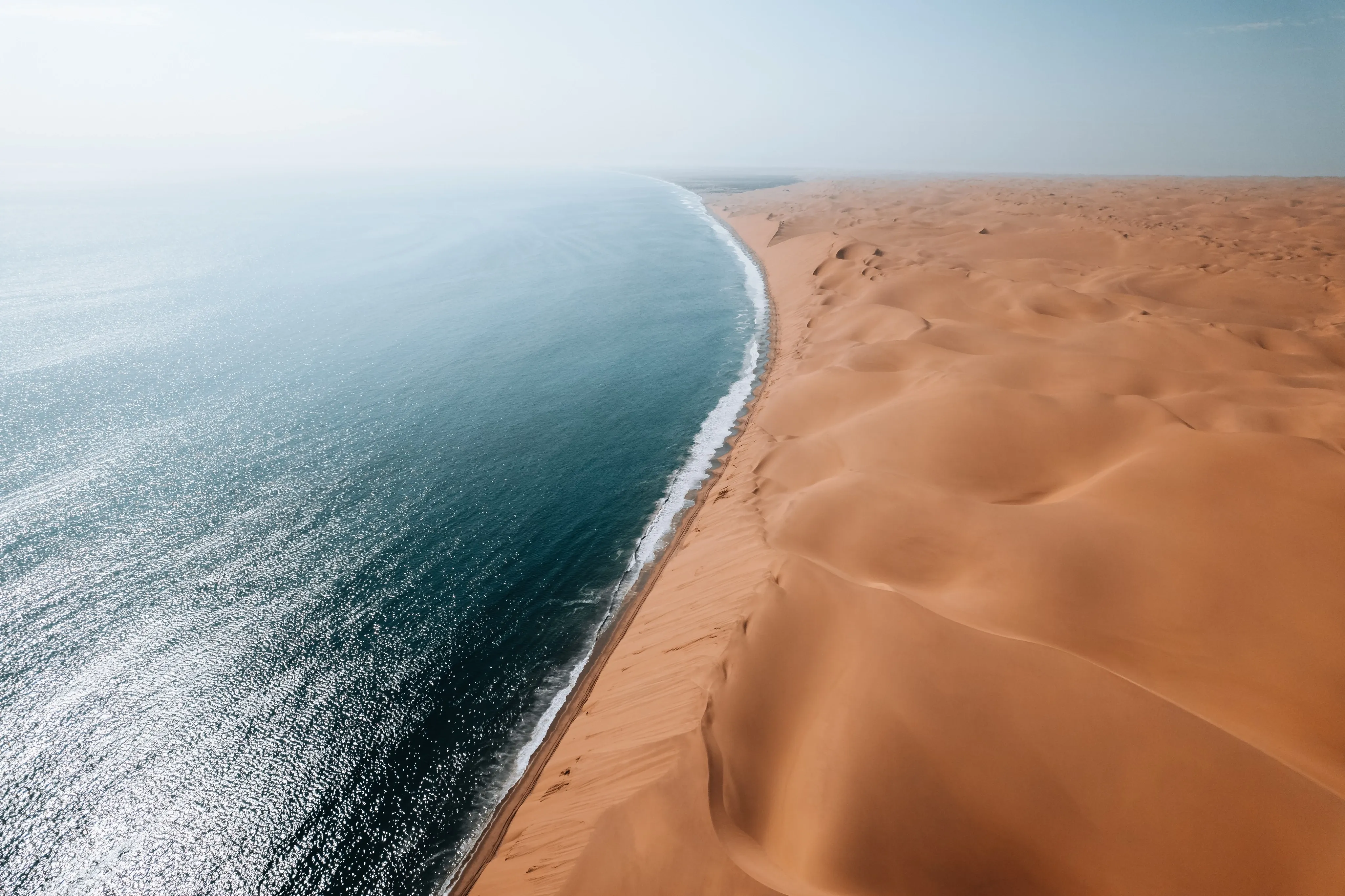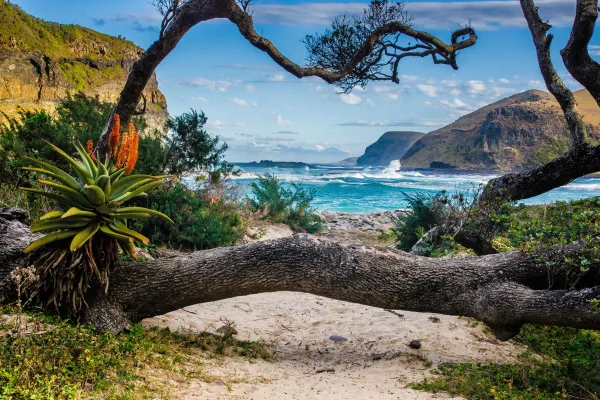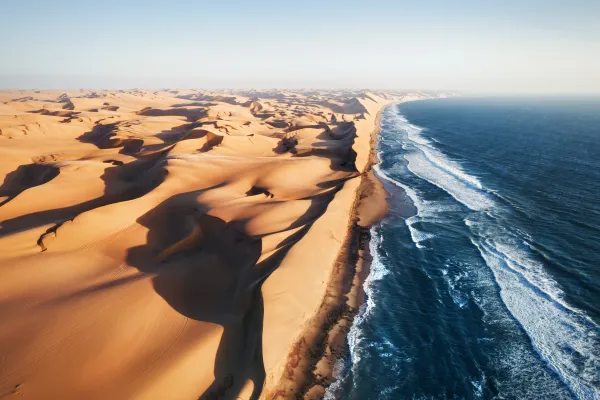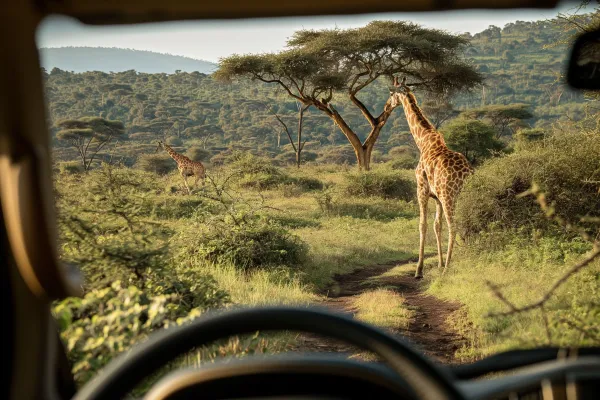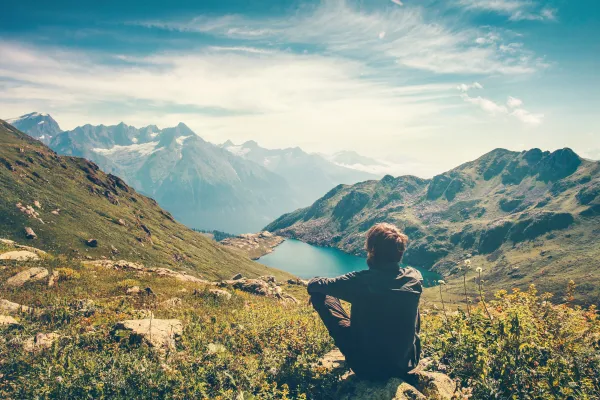A voice from the wilderness: The sheltering Desert
In 1956, a German geologist living in Namibia (then known as South West Africa) named Henno Martin published an incredible book.
It told a remarkable story of endurance, resolve, courage and independence with the backdrop being one of the wildest, driest and remotest landscapes on earth.
The title of the book is "Wenn es Krieg gibt, gehen wir in die Wüste” … known in English as “The Sheltering Desert.” A story of legend. For almost three years, in order to avoid internment during World War II, Martin and his friend and colleague Hermann Korn dropped out and lived as fugitives in the Namib Desert.
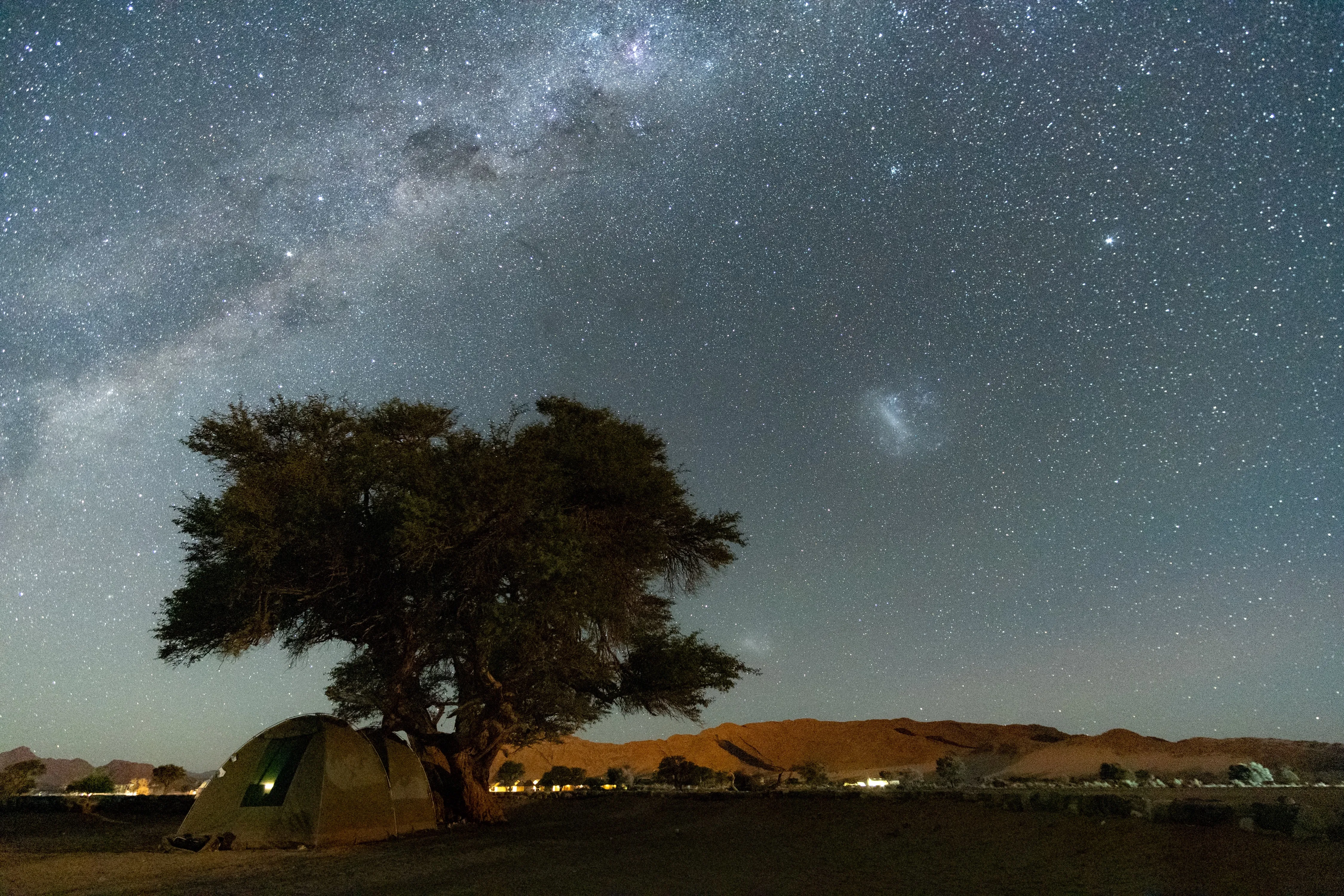
The Namib Desert as their refuge
The following excerpt from the book sums up the relevance and incredible origin of the story:
“It was the first year of the Second World War…My friend Hermann Korn and I had already decided that this was not our war … One evening, sitting on the stone steps of our house, we reviewed the situation and wondered if there was anything we could do about it. And then suddenly we remembered what we had once said half in joke: “If war comes, we’ll spend it in the desert!”
Lonely, secluded and tough
Having visited one of three shelters, the duo set up during their self-imposed isolation between 1940 and 1942, I was incredibly moved by a sense of wonder of the entire episode. The courage and toughness. The mental resolve. And of course, I admired their tenacity to drop off the radar and pursue a lonely existence as far away from the politics, hatred, division and ugliness of a society at war with itself. This is quite possibly one of the most inhospitable area in all of Africa. The area in which they hid lies close to the Kuiseb River in the present day Namib-Naukluft National Park.
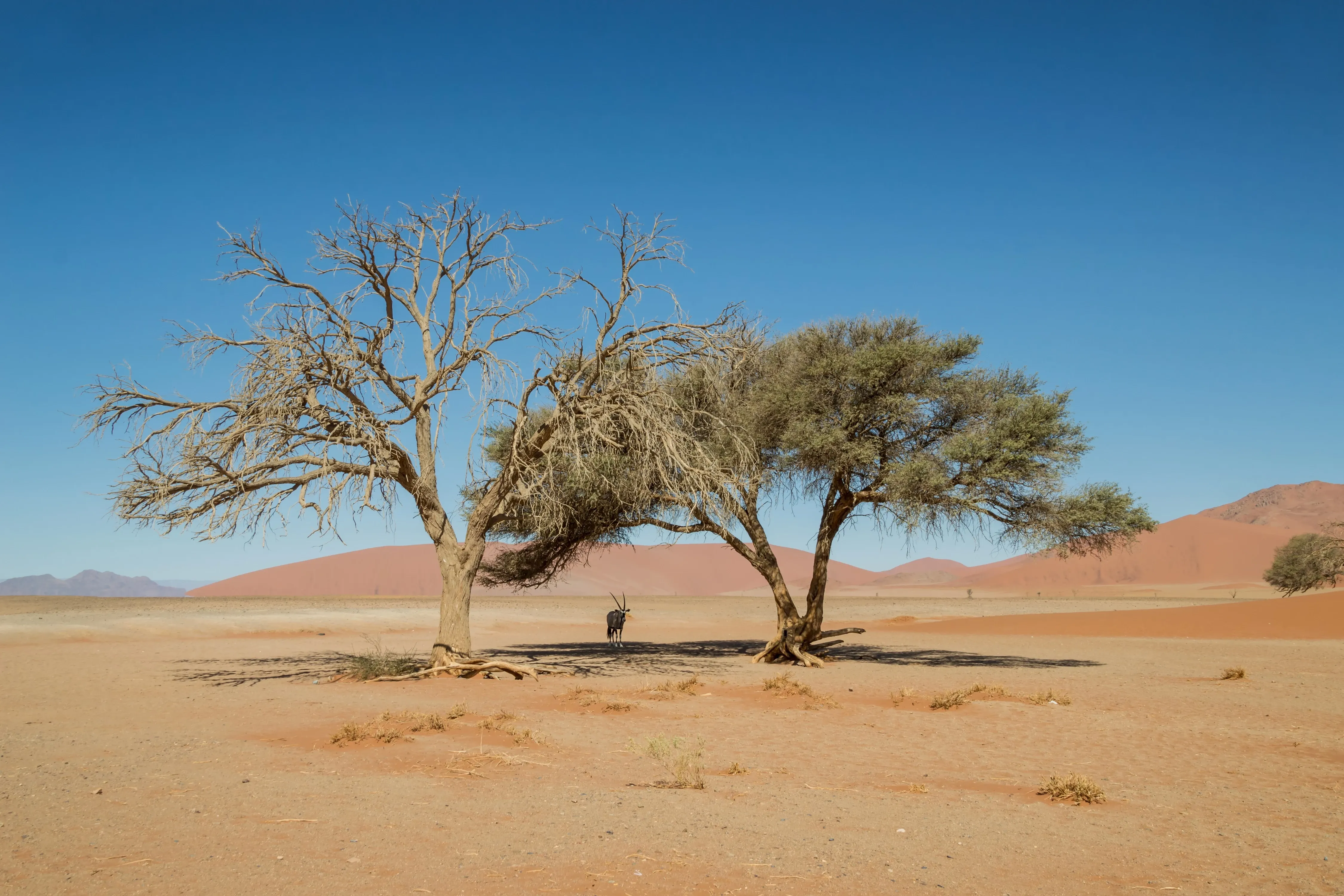
Henno Martin and Hermann Korn
Who was Henno Martin and Hermann Korn?
The duo were close friends and geological researchers and arrived in South West Africa in 1935 to work as principally water prospectors. Germany had a huge interest in the colony, and its mineral wealth was well known, so sourcing water was of vital importance within the ever-expanding desert communities, and also for the growing capital city of Windhoek.
Born in Freiberg in 1910, Martin was besotted with the desert landscapes and rugged beauty of the desert, not to mention the freedom of life away from European politics. With the onset of the 2nd world war and the impending prospect of internment for German nationals in the area, Martin and Korn took their incredible decision to rather see the war out in total isolation. In May 1940, along with their dog Otto, they drove west into the Namib into a dangerous and daunting future.
Namib, Africa’s only true desert
To put these challenges into perspective, perhaps it’s important to understand a little more about the Namib Desert. There are two local interpretations of the origin of the word “Namib,” and both of themare arresting. “Vastness” is one, and “there is nothing” is the other.
The desert, the only true desert in Africa and with its origins at 80 million years, is the oldest on the planet. It extends all along the coast of the country from south to north, with varying degrees of dryness with rainfall averaging between 2 and 50mm per year. The southern regions, contains the Namib-Naukluft National Park with its famous landmarks Sossusvlei, Dead Vlei and the Sesriem Canyon.
An ultimate survival experience
It is in this section of the Namib that the great desert’s conditions are some of the harshest and driest. Precisely where Martin and Korn elected to hide. And I suspect, conditions in 1940 were very much more demanding than they would be today. Nighttime temperatures could drop to freezing, while the blistering days could reach 50 degrees C. Water and therefore the ultimate survival, at the best of times, is always of a premium.
Amidst these extreme conditions, the two intrepid fugitives survived for two years and a hundred days. With very little more than a short wave radio, low calibre hunting weapons and a basic understanding of desert survival and/or agriculture, and with meagre possessions the pair lived in total isolation. This feat of endurance is staggering! Martin would spend time painting, prospecting and making notes of the geological features of the region, as well the content of the book. His sense of respect for the barrenness, and eye for beauty in the desert is a mesmerising read.
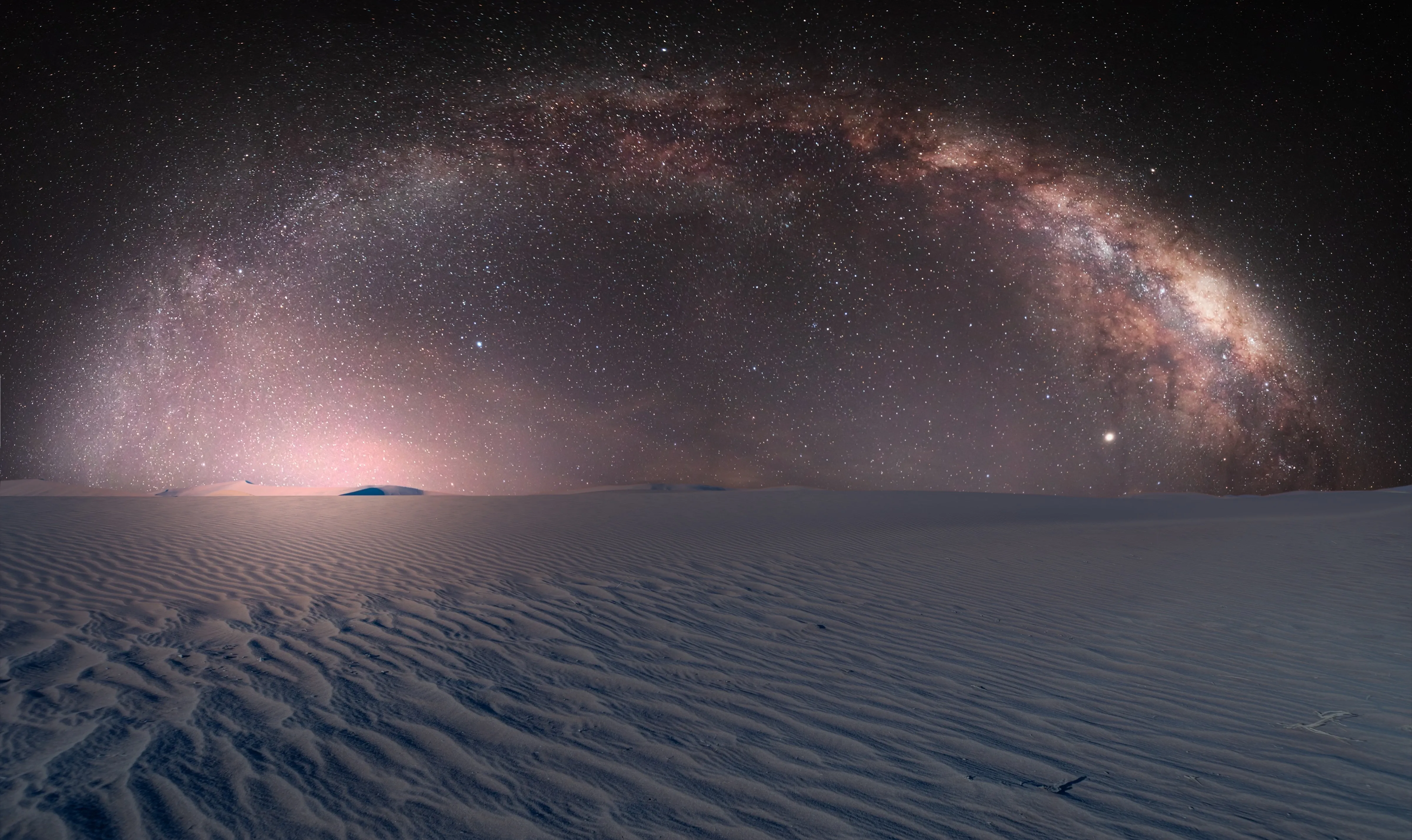
Three different living sites
To make use of varying conditions, rainfall and spring water, the men would use three different sites. As mentioned, the first site, a natural cave, (known as the Henno Martin & Hermann Korn Shelter on tourist maps) is relatively easily accessible on the C26 road west of Windhoek, north of the KuisebRiver and south of the Gaogas Mountains.
In February of 1941 they would move to at Nausgomab which offered somewhat more favourable hunting with concentration of oryx. They built a semi-permanent structure, and an ingenious guttering and water catchment system in the rocks is still visible. They would move to a third site at a place known as Baboon’s Hole.
In September 1942, due to severe malnourishment, Korn began to fall seriously ill and Henno Martin drove him to hospital in Windhoek, returning alone to his hide-away. Korn, in fearing for his friend’s welfare alone in the desert, informed the authorities and Martin was arrested and brought back to the capital shortly thereafter.
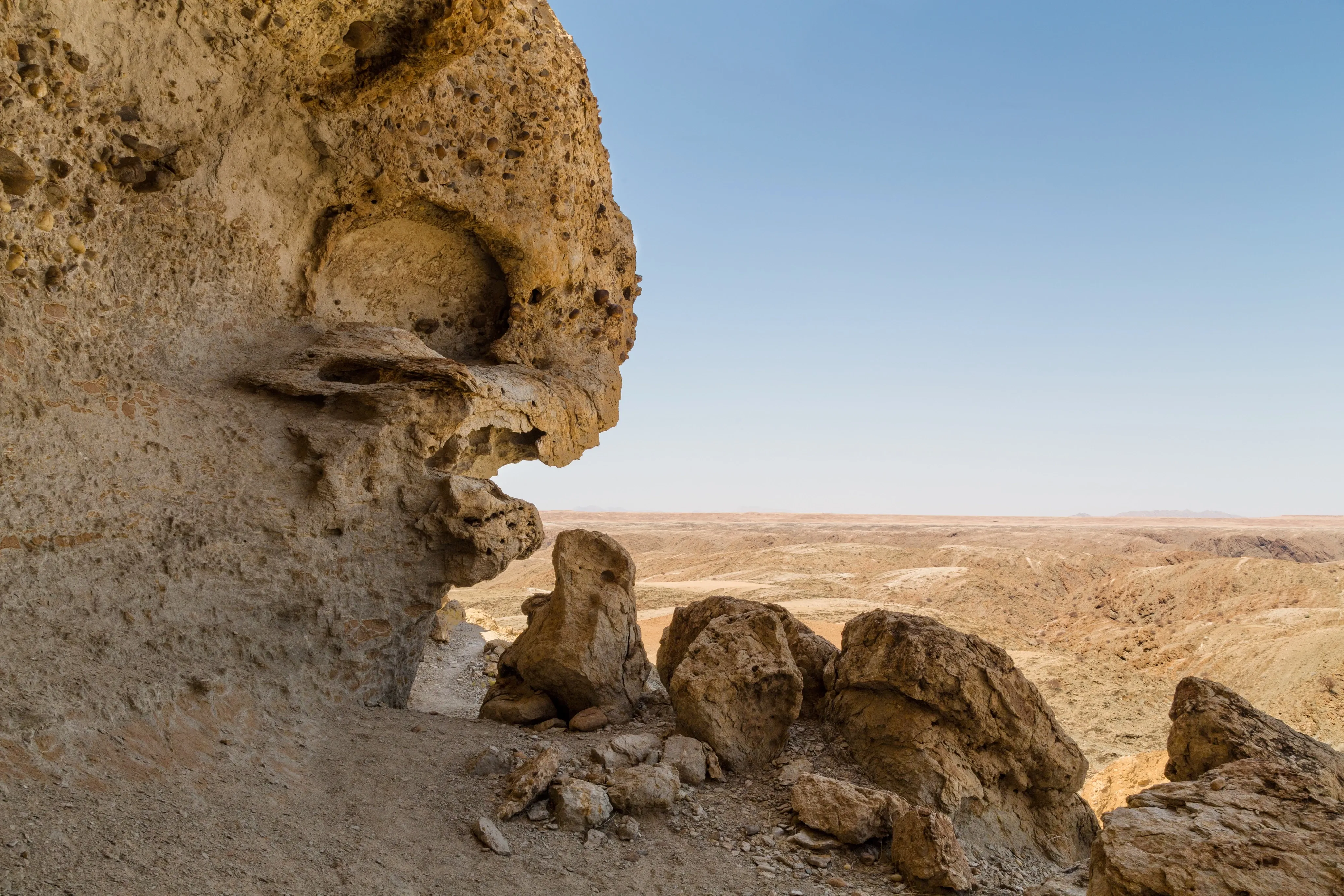
Post-war years and later life
As word of their epic adventures emerged, the two gentle and peace-loving gentlemen soon generated an incredible reputation, and although they were charged with some minor offences (which were paid by friends!) and resumed their roles as respected members of the community.
After the war, Hermann Korn was tragically killed in a road accident in 1946. Martin would be credited with sourcing a reliable water supply for Windhoek, and upon visiting Germany he would publish The Sheltering Desert. Returning to Africa, he would become an esteemed geologist at the head of a research facility at the University of Cape Town in 1963. He would go on to retire from his post as an institute leader at the University of Gottingen in Germany in 1975.
Henno Martin, and the story of the Sheltering Desert was for me deeply inspiring. This unassuming, gentle naturalist and adventurer, a man who knew the secrets of the Namib Desert like no other, passed away in 1998 aged 88.
Let's safari!
Alan McSmith
Sign up for the newsletter
By clicking on “Subscribe now” I will subscribe to the Conscious Explorer newsletter with all the information about mindful travel. Information on the success measurement included in the consent, the use of the shipping service provider MailChimp, logging of the registration and your rights of revocation can be found in our privacy policy.

